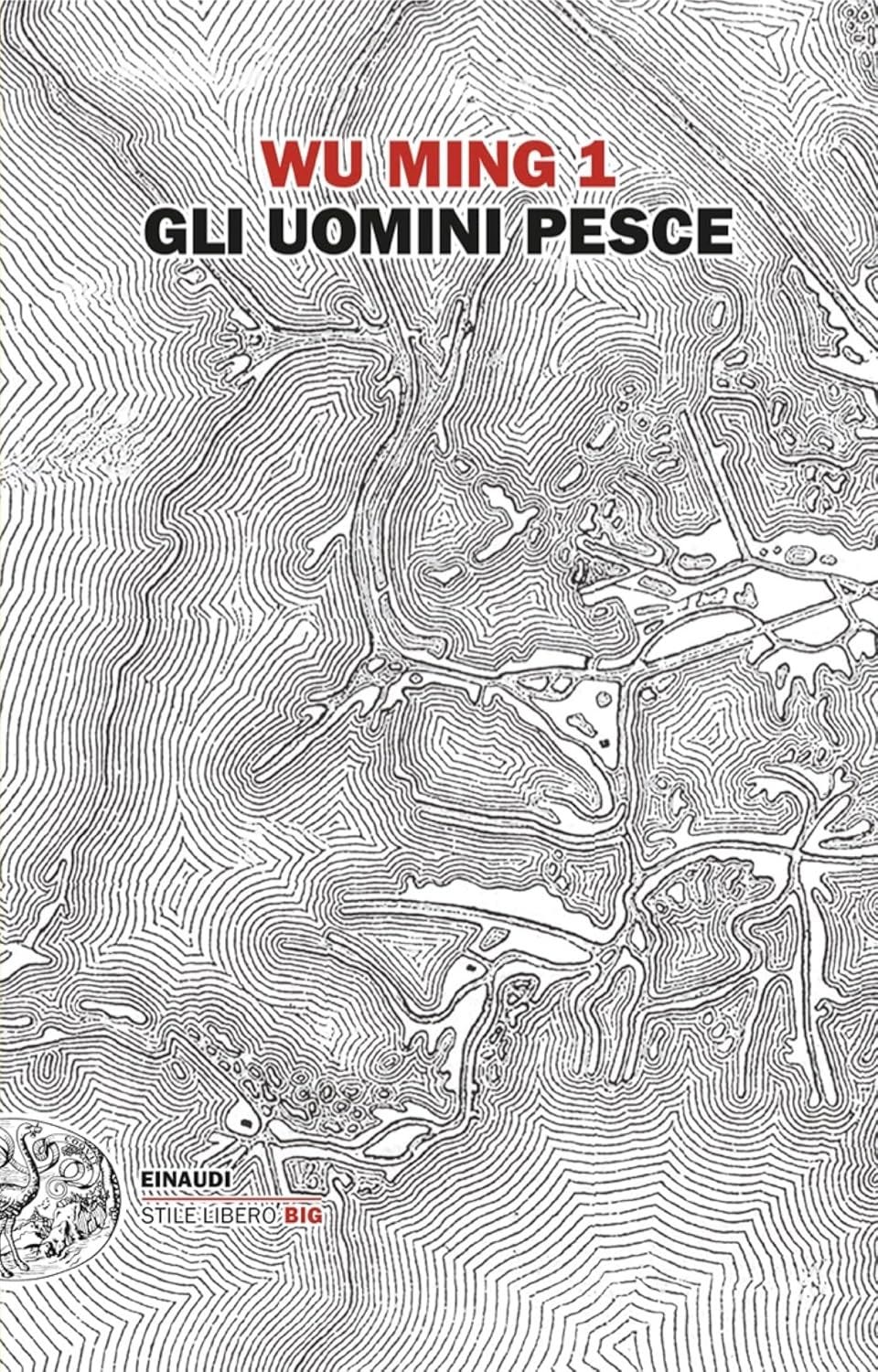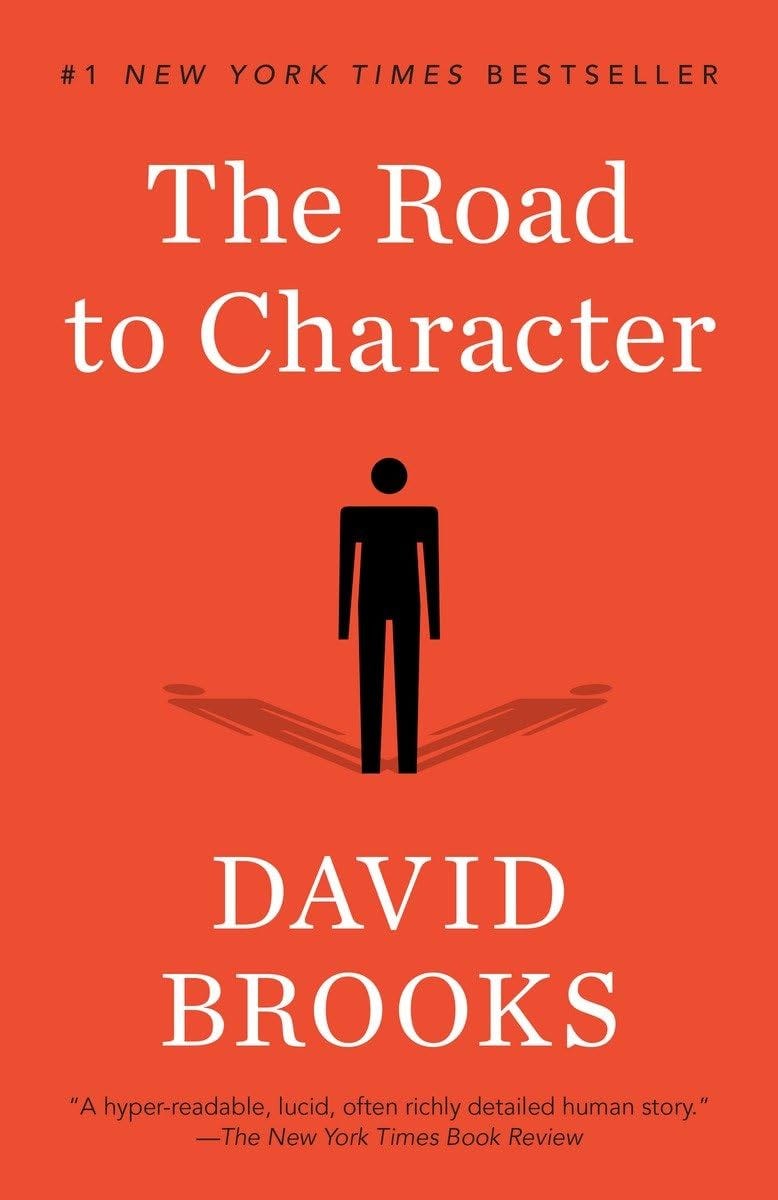📚 Books I read in March and April 2025
Combining two months, and a slightly revised format for this recurring segment on the newsletter. I hope you'll find your next read!
Welcome back to another issue of the regular column The books I read last month. This issue is a little different – we're combining March and April's reading list, because, well, life happens!
Besides combining March and April in a single issue, I'm also introducing a format change. In every issue, I'll focus most of the content on reviewing the book I consider the most relevant for you, my readers. This will be the Book Highlight of the recent period.
I'll still quickly cover all other books to give you a chance to discover something that might pique your interest.
The Engineering Executive's Primer by Will Larson has undoubtedly been the highlight book of the past two months, and here is why.
💫 Book Highlight: The Engineering Executive's Primer by Will Larson
The Engineering Executive Primer by Will Larson
360 pages, First Published: March 12, 2024
Books focusing on the executive role in engineering, aka the CTO role, are less common than those addressing earlier leadership stages. I guess that has to do with, on the one end, the size of the total addressable market, but probably more with the fact that, as an industry, we're still trying to figure out what these roles really are.
It's not by accident that my newsletter focuses on helping people understand and improve their CTO roles. I haven't figured everything out myself; quite the opposite. That's precisely why I keep educating myself with books like Larson's latest opus.
The book is primarily addressed to senior engineering leaders and executives, and I'd expect Engineering Managers to find much of its content irrelevant for their day-to-day job. Irrelevant, but not useless. Even if, as an EM, you're rarely facing the challenges or decisions an executive does, reading Larson's book will give you a glimpse of the often solitary life of an engineering executive. It'll help you understand why they might be prioritizing certain types of work and activities, and how the systems they build end up affecting your job.
If I don't necessarily recommend the book for any Engineering Manager, the recommendation is strong for engineering leaders at a director level or above. I see two main reasons why those senior roles would benefit from this book, and one is less obvious than the other:
It'll prepare you to hold an engineering executive role eventually — The obvious part;
It'll equip you today to help your executive serve the organization better — The less obvious part.
I often stress this point, and it's worth lingering on for a second.
Too much ink and pixels are spent today on the altar of selfish career progression. Do this and you'll get more responsibilities, money, and prestige. The focus is increasingly on how you can personally benefit more from your work environment, and decreasingly on what additional value you can contribute to your company and its users.
I'm not saying this from an idealistic perspective, but from a long-term one. Hacking the promotion process in your company will give you a short-term reward, whose impact on your self-fulfillment will last for about 500ms. It will teach you just that: how to hack the promotion process in your company. Conversely, focusing on mastering valuable but unfashionable skills, even when not providing short-term rewards, will set you up for enduring long-term success.
With that perspective in mind, let's return to the book.
Larson covers a lot of ground, tackling critical executive functions like defining strategy, structuring the organization, scaling people processes (hiring, performance), ensuring operational excellence, and managing stakeholder relationships.
To give you a sense of the breadth, here is a selection of chapter titles:
Writing Your Engineering Strategy
Creating Useful Organizational Values
Participating in Mergers and Acquisitions
Building Personal and Organizational Prestige
Covering such a broad set of topics in about 300 pages has a side effect: you can feel you're only given a solid intro to the topic, but much depth is left to the reader to figure out. On the upside, every chapter comes with a QR code that points you to additional resources online to further your research on a topic, and the whole book comes with a thorough list of recommended books.
Still, some of these chapters could become an entire book. Let's take Chapter 3, Writing Your Engineering Strategy, as an example.
I don't know a single leader who isn't struggling in one way or another to define effective, ambitious, relevant, and realistic engineering strategies for their teams. Granted, much of the work happens in the details, which are specific to every stage of every company and might be difficult to generalize.
There are many books on Strategy, but most of them focus solely on the business angle. As I had the pleasure of discussing with Cate Huston during our conversation a few months back, there is a clear need for more literature on Engineering Strategy, specifically1.
But even if I wanted more than the 20 pages Larson devoted to the topic, or maybe because of that, this is one of my favorite chapters in the book, for all the reasons I mentioned earlier, and more.
Together with setting up the right organization, defining the engineering strategy for your organization is probably the highest-leverage activity you can rely upon as CTO. When done right, it can drive your entire business in a new direction. When done poorly, or even worse, when it's completely missing, you're setting yourself up for a life of fire-fighting, endless debates, and plenty of wasted effort.
Even for those who have gone through the exercise multiple times, it's still difficult sometimes to even define what the engineering strategy is or should be. Larson opens up the chapter by offering his definition:
To put it simply, an Engineering strategy is adocument that defines:
The what and why of Engineering'ds resource allocation against its priorities
The fundamental rules that Engineering's teams must abide by
How decisions are made within Engineering
[Emphasis is mine]
He then develops the concept in the chapter by taking the framework famously introduced by Richard Rumelt in Good Strategy, Bad Strategy, which comprises three main aspects of a strategy: diagnosis, Guiding Policies, and Coherent Actions.
In the following pages, Larson describes a step-by-step guide for writing your company's Engineering strategy and offers some good examples for reference.
This chapter is a good example of how the entire book is constructed: it introduces a topic, provides examples taken from Larson's own experience, and often adds step-by-step instructions that are enough to get you started.
What happens next is for you to figure out. In that sense, the most important job this book is doing is providing a detailed overview of the broad set of responsibilities that come with an Engineering executive role. It will get you started on a good path and hopefully give you enough momentum to keep going with practice and further research.
This aligns with the book's positioning as a Primer: it maps the territory and gives you the initial tools and directions.
This also means it's a reference book you should return to and consult regularly. Many of the examples or recommendations will only make sense when you're dealing with the same or a very similar problem. Plus, there is no way you can internalize any of Larson's lessons without practice, and practice takes time.
Despite some chapters that didn't blow me away, such as Building Personal and Organizational Prestige or Using Cultural Survey Data, this is a very dense and practical book that should be on every engineering leader's bookshelf.
I'll definitely use this book as a key reference for defining and preparing sessions with the Sudo Make Me a CTO Community2.
There is one coming up in June on the topic of engineering strategy. If you have been struggling with this topic or are thinking about how to get even better at it, you might not want to miss it!
📚 Other Books I read in March and April
📔 Gli Uomini Pesce by Wu Ming 1
Gli Uomini Pesce by Wy Ming 1
632 pages, First Published: October 15, 2024
In February, I broke a streak I was very proud of. I had to fly to Milan for a business trip, which ended an 18-month period without taking a single flight. To compensate for the sadness, I took a trip to the bookstore in town and picked up the latest book from Wu Ming 1. The author is part of a collective that has been publishing under pseudonyms for a long time. First as Luther Blissett, then as Wu Ming. They occasionally also publish books written individually, hence the suffix 1 in this case.
I didn't really know what to expect from Gli Uomini Pesce, and I loved it. It manages to mix seemingly unrelated topics in a way that makes for a very compelling reading experience. The story's core is built around a Geographist from Ferrara, Antonia, trying to reconstruct the real story of her uncle Ilario, who had recently passed away. A renowned figure of the resistance (Resistenza) during WWII, who continued his engagement in both social and environmental campaigns. All this happens in the summer of 2022, with the unprecedented drought as the backdrop, and recurring flashbacks to the war period or other scenes in the life of Ilario and the whole family.
The mix is a book that makes you reflect while offering a pleasant reading experience.
📔 Impact and Trilogie 93 by Olivier Norek
Impact by Olivier Norek
348 pages, First Published: October 22, 2020
Trilogie 93 by Olivier Norek
950 pages, First Published: October 28, 2021
I discovered Olivier Norek early in the year, when I read Les Guerriers de l'Hiver3, and decided I wanted to become more familiar with the author. Despite his latest book's foray into the historical genre, all his previous works were detective novels. That's not surprising, considering that Norek is himself a police officer and detective.
Impact is an ecologist's manifesto disguised as a detective novel, and is another book where the author shows his impressive ability to research a topic deeply. Despite being a fictional work, it is rich in references to facts, research, and official reports on the environmental subject, which serve as the backdrop for the well-constructed plot. It gets into the head of what can turn a law-abiding citizen into what's frequently referred to as an eco-terrorist. Given how much the land of freedom has been trying to silence any form of research in this space lately, I wouldn't be surprised if this book ended up being banned, too. One more reason to read it.
Trilogie 93, as the name suggests, is a trilogy that contains the first three books written by Norek. 93 stands for the department code for Seine-Saint-Denis, Paris' banlieue north, infamous for social unrest, discrimination, and high crime levels. These three books are more traditional detective novels, and tell the stories of Captain Coste and his team of idiosyncratic investigators with their weaknesses and dark sides. The style is highly realistic, thanks to Norek's experience on the field, which permeates every page of these books. If you're a genre fan, you'll surely enjoy this trilogy.
📔 The Road to Character by David Brooks
The Road to Character by David Brooks
320 pages, First Published: March 10, 2015
This could have been another highlight book if it hadn't come simultaneously with Larson's book. In fact, it's very complementary to it. While The Engineering Executive's Primer focuses on the craft of leadership, its strategic and organizational 'résumé virtues', David Brooks's The Road to Character focuses on the essential inner landscape.
It contrasts those external skills, which he calls résumé virtues, with more personal ones he calls eulogy virtues. These include humility, integrity, and courage, and he argues that true leadership depth and long-term fulfillment require consciously cultivating this inner core.
Brooks does so by presenting the life of historical figures who embodied those virtues, often confronting daunting challenges and embracing service beyond themselves. Through the life stories of figures such as Dwight D. Eisenhower or Samuel Johnson, Brooks offers a thought-provoking read for any leader considering their more profound impact and the 'who' behind their leadership actions.
As Books says towards the end of the book, referring to the challenging path each one of these notable figures lived through:
Each person traveled down into the valley of humility in order to ascend to the heights of tranquillity and self-respect.
If you enjoyed this
This newsletter is free, and I intend to keep it free forever.
Sharing it with others helps immensely in growing it.
Engaging with my professional services is a great way to ensure I can continue dedicating many hours each week to producing what I hope to be high-quality content.
Those services revolve around three legs:
Fractional CTO or Advisory roles for startups, scaleups, and established tech companies. Find out more on this page.
Individual Mentoring and Coaching for Engineering Leaders. Find out more on this page.
A paid Community for engineering leaders. Find out more on this page.
If your needs fall into a different category, such as newsletter collaborations or sponsoring, please reply to this email or schedule a free call via this link.
In case you missed that conversation and her book, you can catch up here:
You can find the review of that book in this past article from February:











